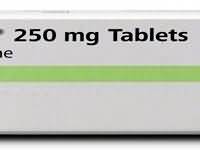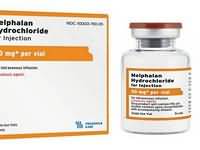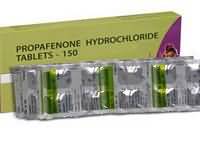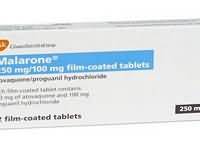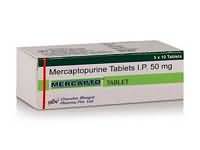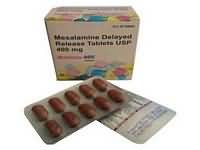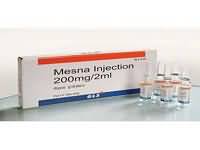Cilazapril

Cilazapril
CLINICAL USE
Angiotensin-converting enzyme inhibitor: Hypertension, heart failureDOSE IN NORMAL RENAL FUNCTION
0.5–5 mg dailyPHARMACOKINETICS
DOSE IN RENAL IMPAIRMENT
GFR (mL/MIN)
40–50 Start at low dose and adjust according to response10–40 Start at low dose and adjust according to responseDOSE IN PATIENTS UNDERGOING RENAL REPLACEMENT THERAPIES
IMPORTANT DRUG INTERACTIONS
Potentially hazardous interactions with other drugsAnaesthetics: enhanced hypotensive effect Ciclosporin: decreased renal function and increased risk of hyperkalaemiaNSAIDs: antagonism of hypotensive effect and increased risk of renal failure; hyperkalaemiaDiuretics: enhanced hypotensive effect; hyperkalaemia with potassium-sparing diureticsEpoetin: increased risk of hyperkalaemia Lithium: ACE inhibitors reduce excretion of lithium (increased plasma lithium concentration)Potassium salts: hyperkalaemia Tacrolimus: decreased renal function and increased risk of hyperkalaemiaADMINISTRATION
Reconstition
–Route
OralRate of Administration
–Comments
Take dose about the same time each dayOTHER INFORMATION
Data refer to active drug – cilazaprilat Symptomatic hypotension reported in patients with sodium or volume depletion, i.e. sickness, diarrhoea, on diuretics, low sodium diet or post dialysisRenal failure has been associated with ACE inhibitors in patients with renal artery stenosis, post renal transplant, and congestive heart failure. A high incidence of anaphylactoid reactions has been reported in patients dialysed with high-flux polyacrylonitrile membranes and treated concomitantly with an ACE inhibitor – this combination should therefore be avoidedHyperkalaemia and other side effects are more common in patients with impaired renal functionClose monitoring of renal function during therapy is necessary in those with renal insufficiency
See how to identify renal failure stages according to GFR calculation
See how to diagnose irreversible renal disease
Home
